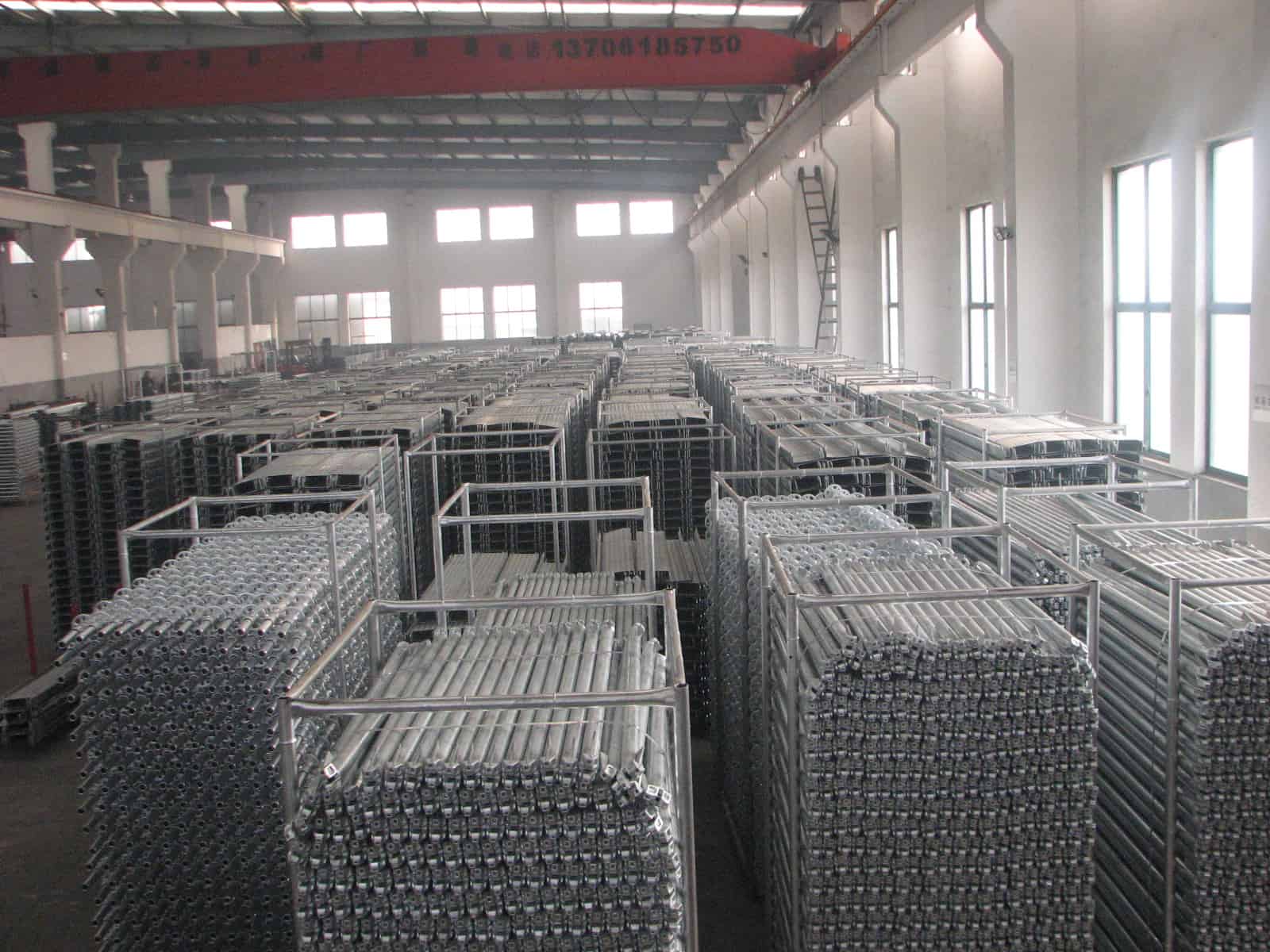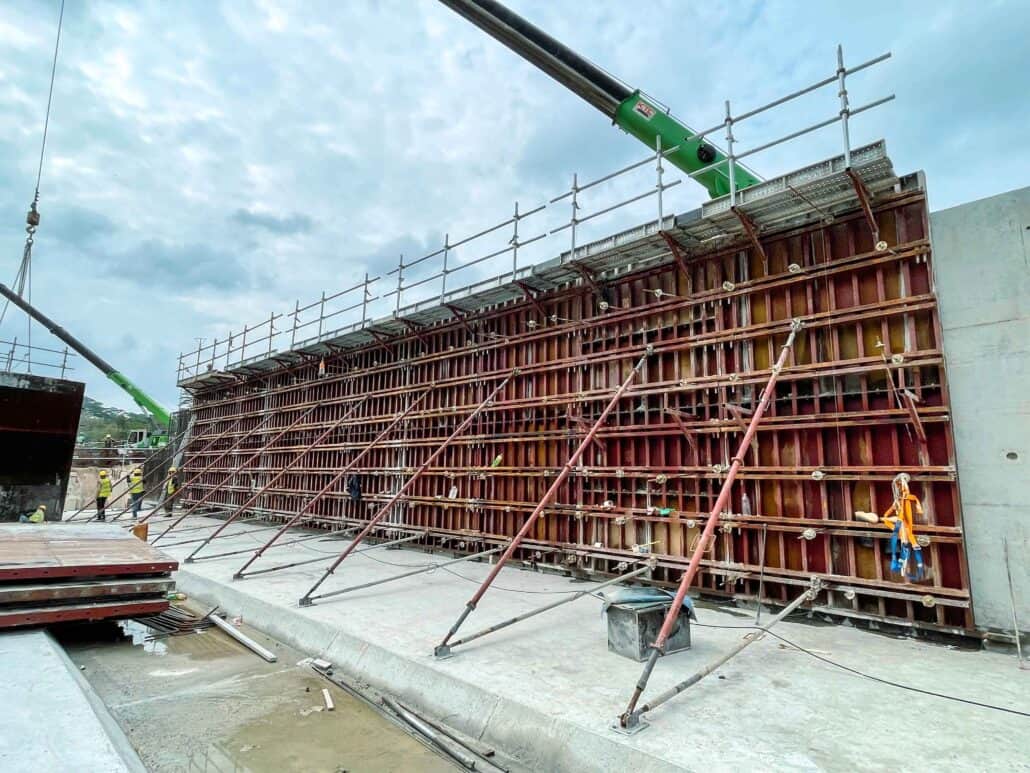
Steel Formwork
Steel formwork is a temporary or permanent mold into which concrete is poured until it hardens into the desired shape. Made of steel, this type of formwork is known for its strength, durability, and longevity. Its reusable tool makes it a cost-effective and environmentally friendly choice for construction projects.
In concrete construction, the quality of formwork can make or break a project. That’s where Jumply Scaffolding comes in. Based in HeBei, China, we are a leading B2B manufacturer specializing in high-quality scaffolding, formwork, and other construction-related products. Our reach is global, serving clients in the United States, Canada, Australia, Russia, Mexico, Brazil, Pakistan, and beyond.
Quality, safety and cost efficiency are our commitments .We are sincere partner to all our clients, irrespective of their sizes. All over the world.

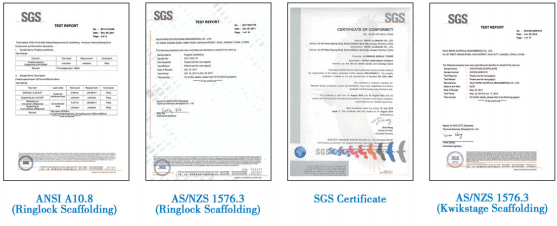
Jumply scaffolding has rich experience and advanced automatic equipment, which can provide scaffolding customized production to meet different needs.
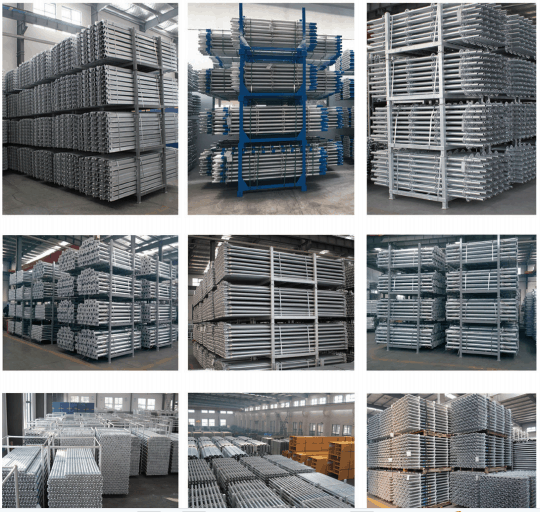
Jumply represent the safety and qualified scaffolding via our construction projects.
Feel the Quality via our products. We improve them always.
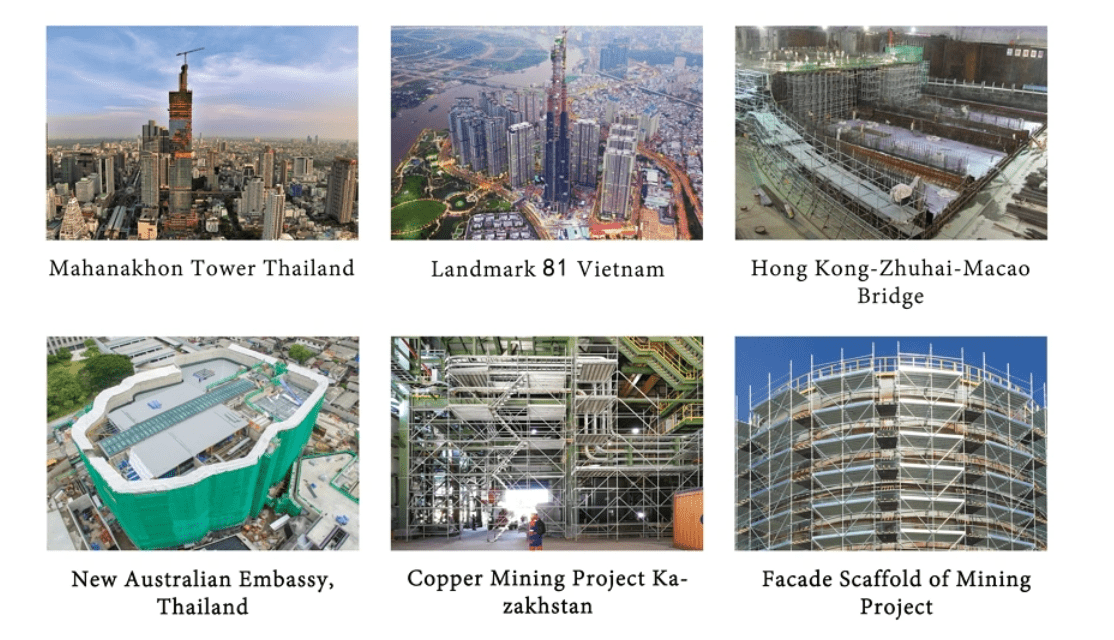
Specification:
| Panel Width (mm) | Panel Height (mm) | Material | Surface |
| 100 | 3000 | 45# steel or Q235 | Powder Coated |
| 200 | 3000 | 45# steel or Q235 | Powder Coated |
| 300 | 3000 | 45# steel or Q235 | Powder Coated |
| 400 | 3000 | 45# steel or Q235 | Powder Coated |
| 500 | 3000 | 45# steel or Q235 | Powder Coated |
| 600 | 3000 | 45# steel or Q235 | Powder Coated |
| Customized | Customized | Customized | Customized |
Please note that these are our standard sizes, and we can customize our products to meet your specific requirements.
Steel Formwork: A Comprehensive Guide for the Construction Industry
In the world of construction, formwork plays a pivotal role. It’s the mold into which concrete is poured to shape structures, from buildings and bridges to roads and dams. Among the various types of formwork available, steel formwork stands out for its strength, durability, and reusability. In this article, we’ll explore the ins and outs of steel formwork, its advantages and disadvantages, and how it compares to other types of formwork, including aluminum formwork.
What is Formwork?
Formwork is a temporary or permanent mold into which concrete is poured and allowed to harden. It’s a crucial part of any construction project, as it determines the shape, alignment, and dimensions of the concrete structures. Formwork can be made from a variety of materials, including steel, wood, aluminum, and plastic.
Types of Steel Formwork
Steel formwork comes in several types, each suited to different construction needs:
Panel Formwork: Made of large, prefabricated steel panels that are fastened together to create the desired shape.
Circular Formwork: Designed for constructing round columns and structures.
Table Formwork: Ideal for large, horizontal structures like floors and bridges.
Tunnel Formwork: Used in the construction of tunnels and other curved structures.
Advantages and Disadvantages of Steel Formwork
Advantages
Durability: Steel formwork is highly durable and can withstand heavy loads and repeated use.
Precision: It provides accurate dimensions and smooth finishes to the concrete structures.
Speed: Steel formwork is easy to assemble and disassemble, speeding up the construction process.
Reusability: It can be used repeatedly, making it a cost-effective choice for large projects.
Disadvantages
Cost: The initial cost of steel formwork is higher than that of wood or plastic.
Weight: Steel formwork is heavier, making it more challenging to handle and transport.
Corrosion: Without proper care and maintenance, steel formwork can corrode over time.
Steel Formwork vs. Aluminum, Plastic, and Wooden Formwork
While plastic and wooden formwork are cheaper and lighter than steel, they lack the strength and durability that steel offers. Plastic formwork can warp under heavy loads, and wooden formwork can absorb moisture, leading to deformation. Moreover, both plastic and wooden formwork have a shorter lifespan and are less reusable than steel formwork.
On the other hand, aluminum formwork, like steel, is strong, durable, and reusable. It’s lighter than steel, making it easier to handle and transport. However, aluminum formwork is more expensive and may not be as suitable for heavy-duty construction projects as steel formwork.
Conclusion
Steel formwork is a vital tool in the construction industry. Its strength, precision, and reusability make it an excellent choice for large-scale projects. While it has its drawbacks, such as cost and weight, the benefits it offers far outweigh the disadvantages. By understanding the different types of steel formwork and their pros and cons, construction professionals can make informed decisions that best suit their project needs.

